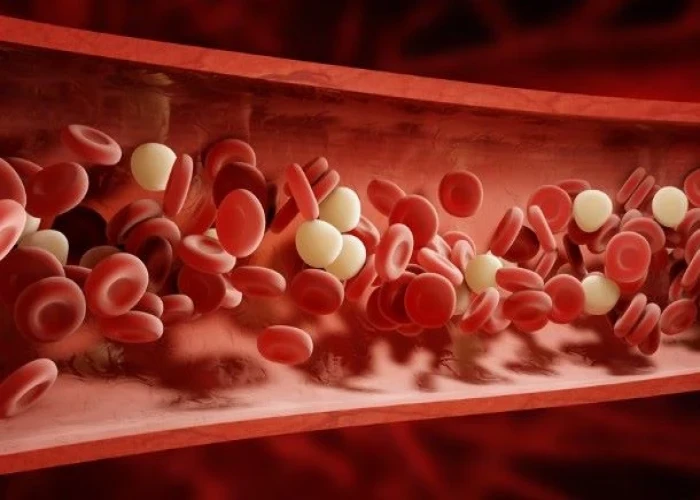 Welcome
Welcome
“May all be happy, may all be healed, may all be at peace and may no one ever suffer."
Benign paroxysmal positional vertigo (BPPV)

Benign paroxysmal positional vertigo (BPPV) is a common disorder of the inner ear that causes brief episodes of vertigo (spinning sensation) triggered by changes in head position. It is caused by small calcium carbonate crystals that are normally present in the inner ear becoming displaced and moving into one of the ear's semicircular canals, which can result in dizziness and loss of balance. Treatment may include repositioning maneuvers, such as the Epley maneuver or the Semont maneuver, to move the crystals out of the semicircular canal. Medication may also be used to relieve symptoms. BPPV is usually not serious and can be effectively treated in most cases.
Research Papers
Disease Signs and Symptoms
- Dizziness (vertigo)
- Dizziness when moving
- Nausea or vomiting
- Difficulty with balance and walking
Disease Causes
Benign paroxysmal positional vertigo (BPPV)
Often, there's no known cause for BPPV. This is called idiopathic BPPV.
When there is a known cause, BPPV is often associated with a minor to severe blow to your head. Less common causes of BPPV include disorders that damage your inner ear or, rarely, damage that occurs during ear surgery or long periods positioned on your back, such as in a dentist chair. BPPV also has been associated with migraines.
The ear's role
Inside your ear is a tiny organ called the vestibular labyrinth. It includes three loop-shaped structures (semicircular canals) that contain fluid and fine, hairlike sensors that monitor your head's rotation.
Other structures (otolith organs) in your ear monitor your head's movements — up and down, right and left, back and forth — and your head's position related to gravity. These otolith organs contain crystals that make you sensitive to gravity.
For many reasons, these crystals can become dislodged. When they become dislodged, they can move into one of the semicircular canals — especially while you're lying down. This causes the semicircular canal to become sensitive to head position changes it would normally not respond to, which is what makes you feel dizzy.
Disease Prevents
Disease Treatments
Benign paroxysmal positional vertigo may go away on its own within a few weeks or months. But, to help relieve BPPV sooner, your doctor, audiologist or physical therapist may treat you with a series of movements known as the canalith repositioning procedure.
Canalith repositioning
Performed in your doctor's office, the canalith repositioning procedure consists of several simple and slow maneuvers for positioning your head. The goal is to move particles from the fluid-filled semicircular canals of your inner ear into a tiny baglike open area (vestibule) that houses one of the otolith organs in your ear, where these particles don't cause trouble and are more easily resorbed.
Each position is held for about 30 seconds after any symptoms or abnormal eye movements stop. This procedure usually works after one or two treatments.
Your doctor will likely teach you how to perform the procedure on yourself so that you can do it at home if needed.
Surgical alternative
In rare situations when the canalith repositioning procedure doesn't work, your doctor may recommend a surgical procedure. In this procedure, a bone plug is used to block the portion of your inner ear that's causing dizziness. The plug prevents the semicircular canal in your ear from being able to respond to particle movements or head movements in general. The success rate for canal plugging surgery is about 90%.
Disease Diagnoses
Disease Allopathic Generics
Disease Ayurvedic Generics
Disease Homeopathic Generics
Disease yoga
Benign paroxysmal positional vertigo (BPPV) and Learn More about Diseases

Shin splints

Antibiotic-associated diarrhea

Intracranial hematoma

Retrograde ejaculation

Sick sinus syndrome

Factitious disorder

Monoclonal gammopathy of undetermined significance (MGUS)

Heart palpitations
Benign paroxysmal positional vertigo bppv, Benign paroxysmal positional vertigo, BPPV meaning, বেনিজন প্যারোস্কিমাল পজিশনাল ভার্টিগো বিপিপিভি
To be happy, beautiful, healthy, wealthy, hale and long-lived stay with DM3S.
